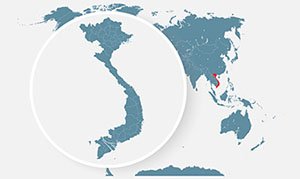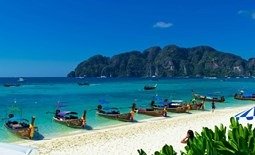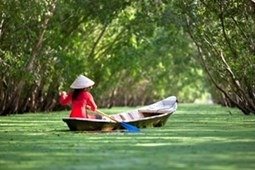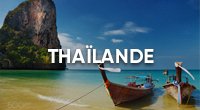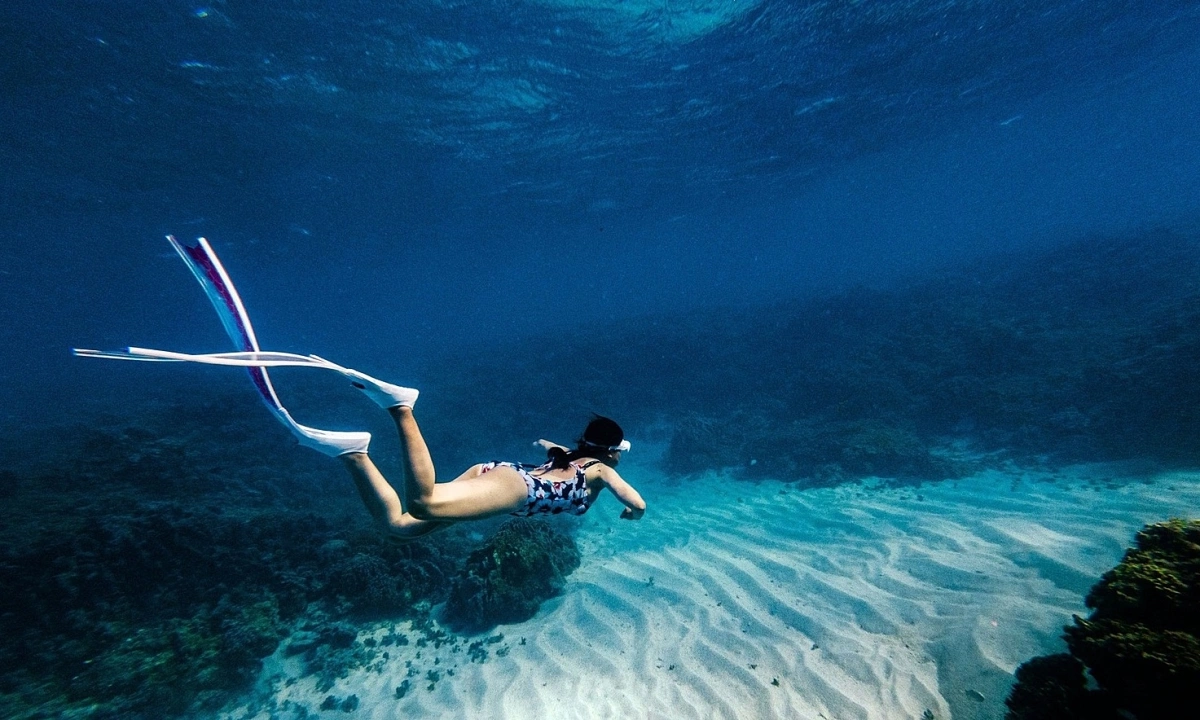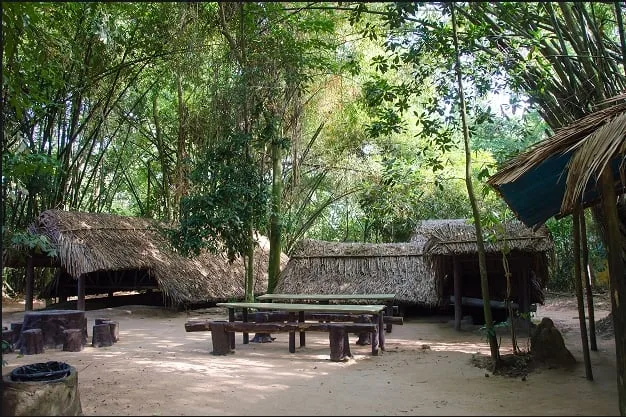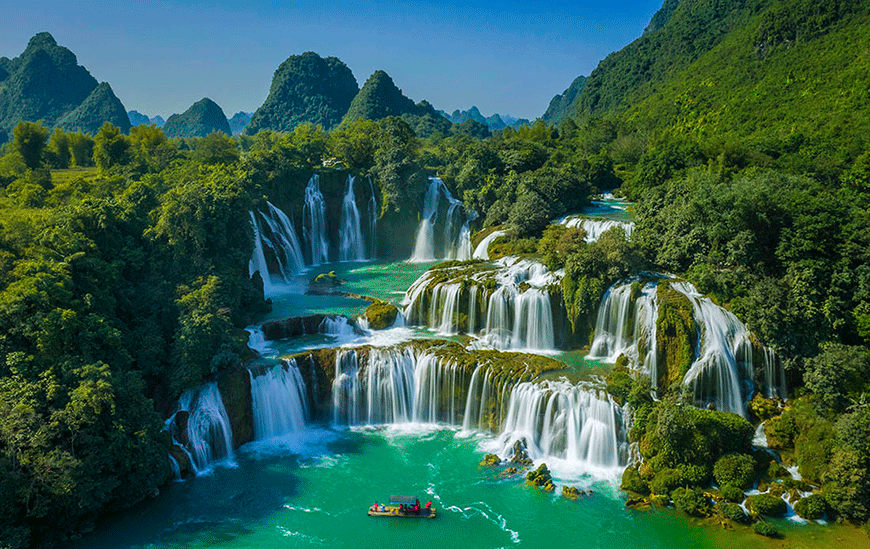Contents
ToggleBest Time to Go Diving in Vietnam
Vietnam’s long S-shaped coastline means diving conditions vary depending on where you go. While the country offers year-round opportunities, timing your trip with the right season ensures the clearest waters, calmest seas, and most vibrant marine life encounters.
🌅 Central Coast (Da Nang, Hoi An, Ly Son, Whale Island, Nha Trang, Con Dao)
- Peak Diving Season: March to August
- The waters along the central coast are at their best in the warmer months. Seas are calm, the skies are sunny, and visibility can reach 20–30 meters.
- June to August is the absolute highlight, when diving conditions are most reliable and marine life is abundant.
- What You’ll See: Coral gardens, reef fish, macro life, and occasional pelagics near deeper reefs. Nha Trang and Whale Island are especially rich in biodiversity.
- Off-Season (September to February): The monsoon brings storms, heavy rains, and rougher seas. Visibility drops dramatically, making diving less safe and less enjoyable.
🏝 Southern Coast (Phu Quoc & Gulf of Thailand)
- Best Season: November to May
- These months bring gentle seas and clear visibility, making diving in Phu Quoc’s reefs particularly rewarding.
- Marine life is diverse, with parrotfish, groupers, barracudas, and even bamboo sharks spotted around dive sites.
- Rainy Season (June to October): Heavy rains and unpredictable seas can disrupt dive schedules. Visibility often drops, and some operators suspend trips during storms.
🌍 Why Timing Matters
- Safety: Calm seas reduce the risk of strong currents and make boat rides smoother.
- Visibility: Seasonal differences can mean the difference between seeing 30 meters across or barely a few.
- Marine Life: Many species are more active and visible during calmer, sunnier months.
✅ Pro Tip for Divers:
If you’re planning a Vietnam dive trip, combine central coast diving (March–August) with southern coast diving (November–May). This way, no matter when you visit, you’ll find the best possible conditions somewhere along the coastline.
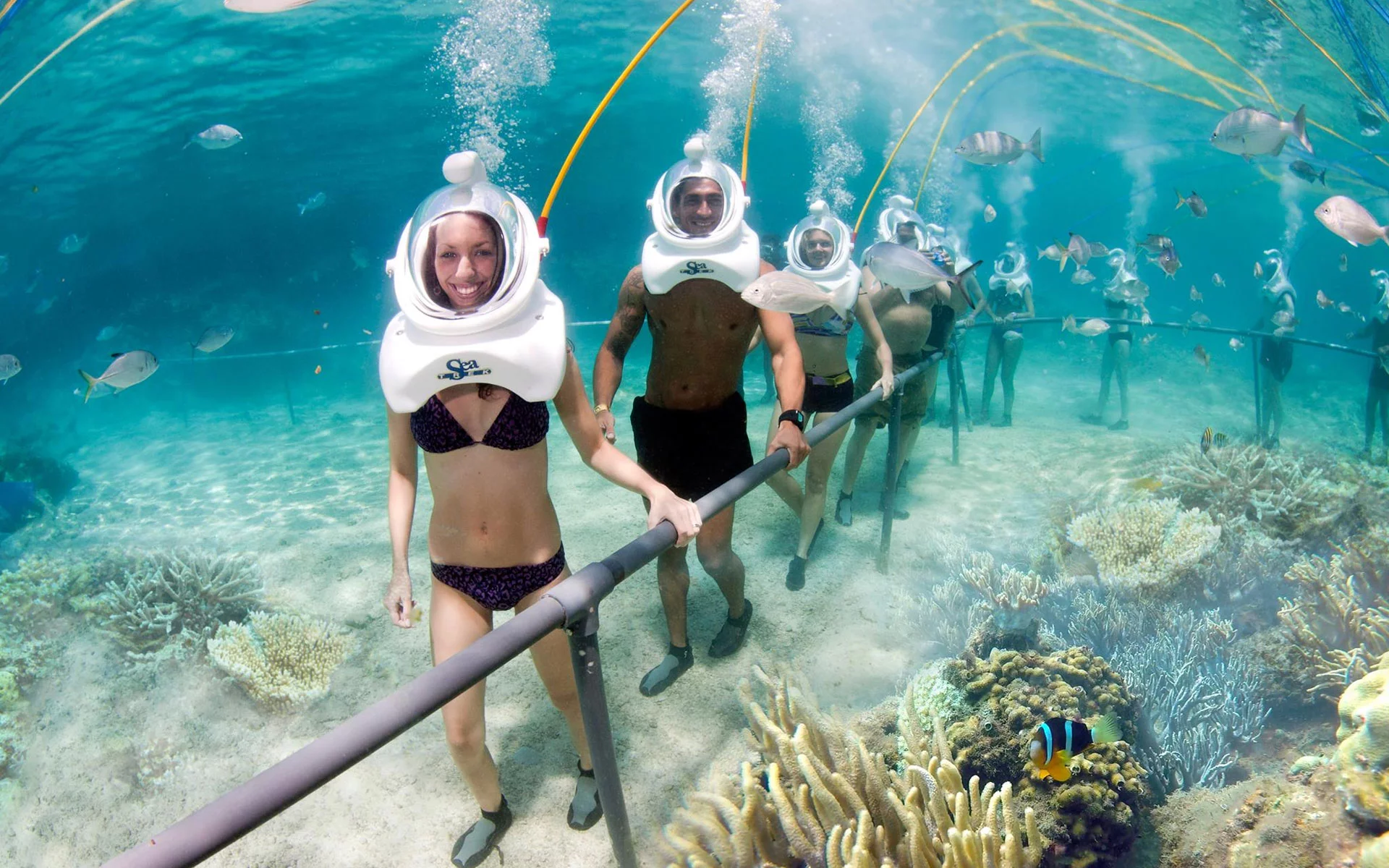
Top 10 Diving Spots in Vietnam
Vietnam’s underwater world is as breathtaking as its landscapes. Along the central and southern coasts, coral reefs, volcanic formations, and diverse marine life create some of Southeast Asia’s most underrated dive sites. Whether you’re a beginner snorkeler or an advanced diver, these destinations promise unforgettable adventures.
- Son Tra Peninsula (Da Nang)
📍 Just 35 km from Da Nang City
The Son Tra Peninsula is a green jewel of Central Vietnam, where lush jungles meet turquoise seas. Beneath the surface, divers discover untouched coral gardens with more than 50 coral species and colorful reef fish. Hon Sup is a highlight, known for its excellent visibility.
💡 Extra Tip: After diving, explore Linh Ung Pagoda with its towering Lady Buddha statue or relax at But Beach.
- Cham Islands (Hoi An)
📍 A 30-minute boat ride from Hoi An
Declared a UNESCO Biosphere Reserve, the Cham Islands are one of Vietnam’s most eco-friendly diving destinations. The shallow reefs here are full of clownfish, parrotfish, and even occasional seahorses. With gentle currents, this is a perfect choice for first-time divers or snorkelers.
💡 Best Season: April to September, when the waters are calmest.
- Đảo Bé (Ly Son Island)
📍 Off the coast of Quang Ngai Province
This volcanic island is still a hidden gem. With dramatic lava cliffs, natural rock arches, and crystal waters, Đảo Bé is ideal for snorkeling and shallow dives. Fewer tourists mean you’ll often have the reef almost to yourself.
💡 Why Go: Combine diving with exploring volcanic craters, garlic farms, and fishing villages.
- Hon Mun (Nha Trang)
📍 Nha Trang Bay, Khanh Hoa Province
Known as the diving capital of Vietnam, Hon Mun Marine Reserve is home to 350+ coral species and hundreds of tropical fish. Visibility can reach up to 30 meters, making it a paradise for underwater photographers. Advanced divers can explore deeper walls and caves, while beginners enjoy guided reef dives.
💡 Don’t Miss: A glass-bottom boat trip if you’re traveling with non-divers.
- Ky Co & Hon Kho (Quy Nhon)
📍 Binh Dinh Province
Quy Nhon is emerging as a new diving hotspot. At Ky Co and nearby Hon Kho, soft coral gardens spread across shallow waters, ideal for snorkeling. For divers, expect peaceful dives with vibrant marine life but without the heavy crowds of Nha Trang.
💡 Perfect For: Travelers seeking quiet beaches and a mix of water activities.
- Hon Yen (Phu Yen)
📍 Tuy An District, Phu Yen
Hon Yen is unique for its coral reefs that rise close to the surface at low tide. Snorkelers can walk right into a world of starfish, seashells, and schools of reef fish. The volcanic backdrop and turquoise water make this a photographer’s dream.
💡 Best Time: Visit during low tide (check local schedules).
- Vinh Hy Bay (Ninh Thuan)
📍 Near Nui Chua National Park
Vinh Hy Bay is a tranquil haven with shallow coral reefs (2–4 meters) perfect for beginners and families. Non-divers can enjoy glass-bottom boat rides, while divers explore reefs teeming with clownfish and hard corals.
💡 Bonus: Combine diving with hiking in Nui Chua National Park, a UNESCO Biosphere Reserve.
- Con Dao Islands
📍 Ba Ria–Vung Tau Province
Remote and pristine, Con Dao offers over 20 dive sites, including coral gardens, caves, and shipwrecks. Divers often spot green turtles, reef sharks, rays, and schools of barracuda. Because of limited tourism, marine life here is healthier than in most parts of Vietnam.
💡 Top Sites: Hon Tai, Hon Cau, and Con Son Bay.
- Phu Quy Island (Binh Thuan)
📍 120 km from Phan Thiet
Phu Quy is a little-known island paradise. At Bai Can Reef, corals rise above the water during certain lunar phases, creating surreal seascapes. With shallow waters (1–3 meters), it’s perfect for snorkeling, but divers can venture deeper to explore vibrant reefs.
💡 Pro Tip: Phu Quy is less developed — perfect if you want an authentic, off-grid adventure.
- An Thoi Archipelago (Phu Quoc)
📍 Southern tip of Phu Quoc Island
Made up of 18 islands and islets, An Thoi is a true diver’s paradise. Expect starfish gardens, colorful hard and soft corals, nudibranchs, and groupers. Dive shops here offer PADI courses, making it one of the best places in Vietnam for beginners to get certified.
💡 Highlight: Boat trips include stops at multiple islands, combining diving, snorkeling, and beach picnics.
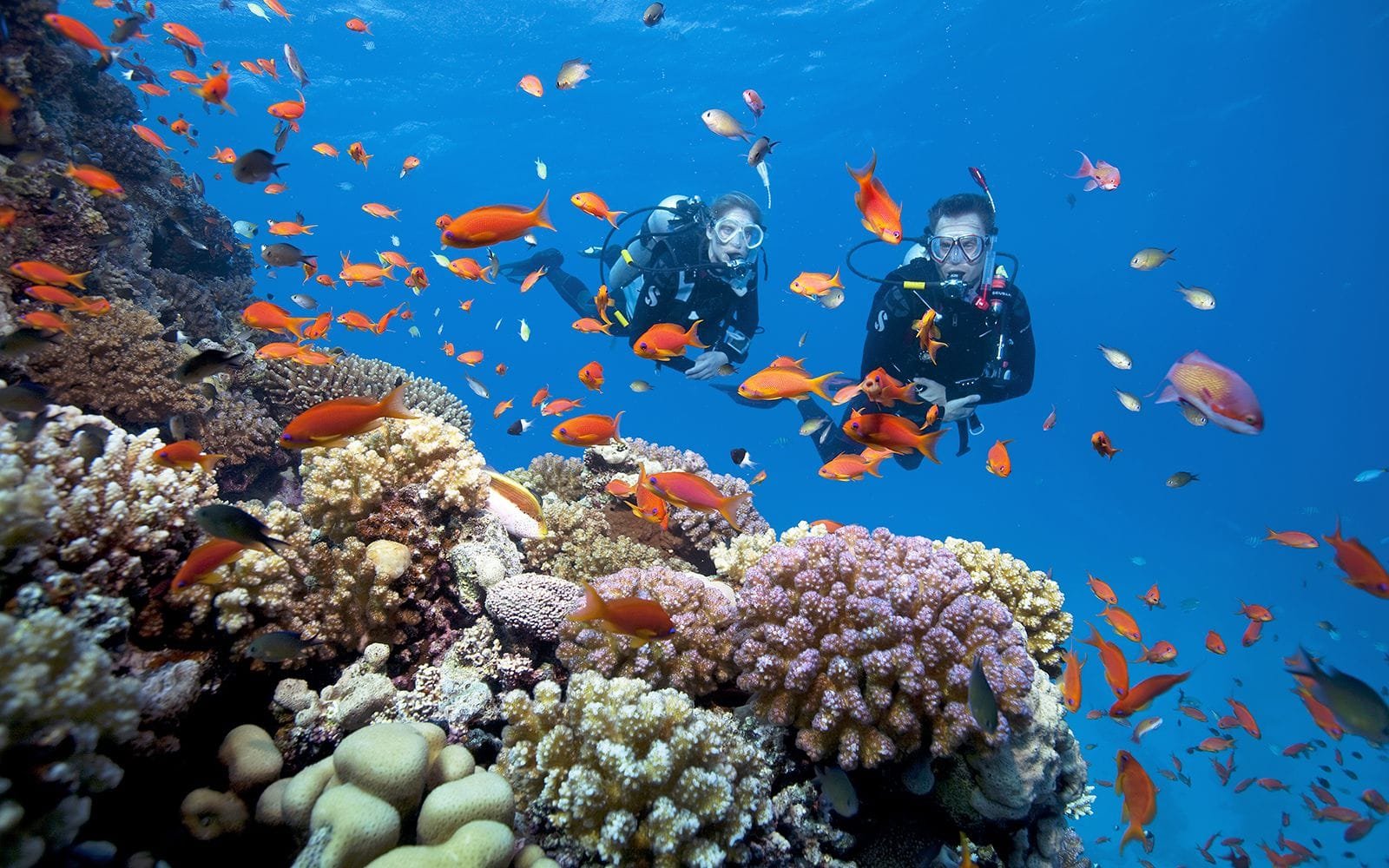
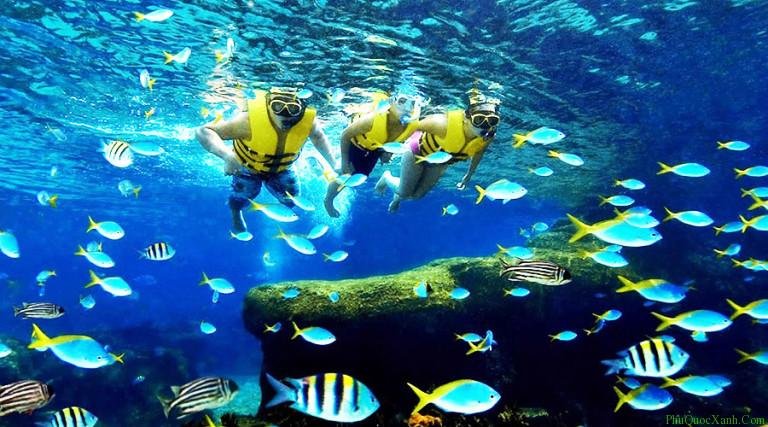
Essential Tips for Diving in Vietnam
✔️ Gear checklist: Diving mask & snorkel, fins, wetsuit, oxygen tank, dive computer.
✔️ Safety first:
- Always dive with a partner or certified guide.
- Ascend slowly and monitor your breathing.
- Learn and practice underwater hand signals.
- Check equipment before every dive.
✔️ Protect the environment:
- Avoid sunscreen when diving — it damages coral.
- Never touch or step on coral reefs.
- Respect marine life and leave nothing behind.
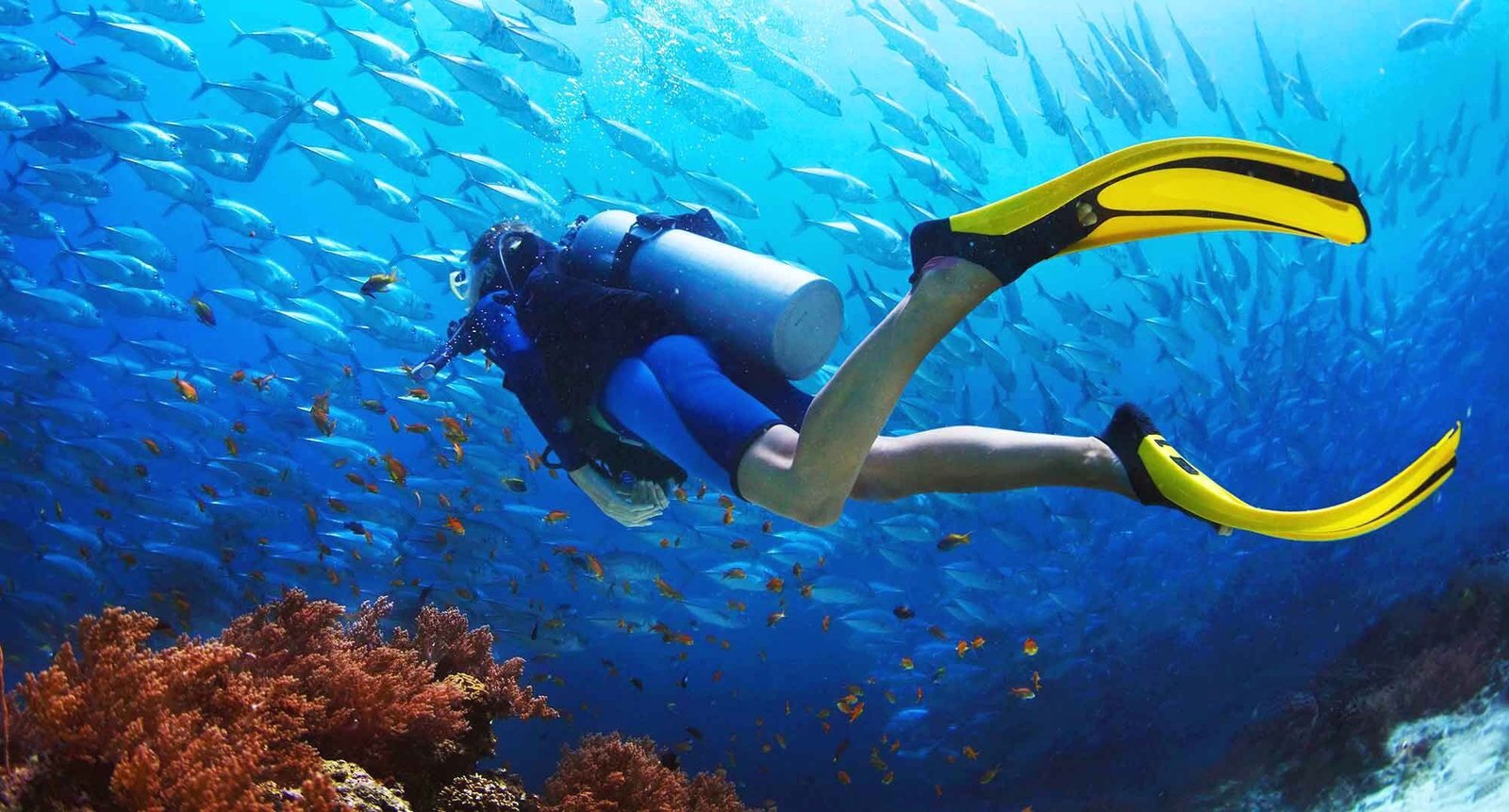
Final Thoughts
From the colorful reefs of Hon Mun to the untouched wilderness of Con Dao, Vietnam offers some of Southeast Asia’s most diverse and rewarding dive sites. Beginners will love Cham Islands and Phu Quoc, while advanced divers can explore the deep waters of Con Dao or Hon Mun.
Wherever you go, remember to dive responsibly, respect the ocean, and enjoy Vietnam’s unique underwater world — it’s an experience you’ll never forget.

